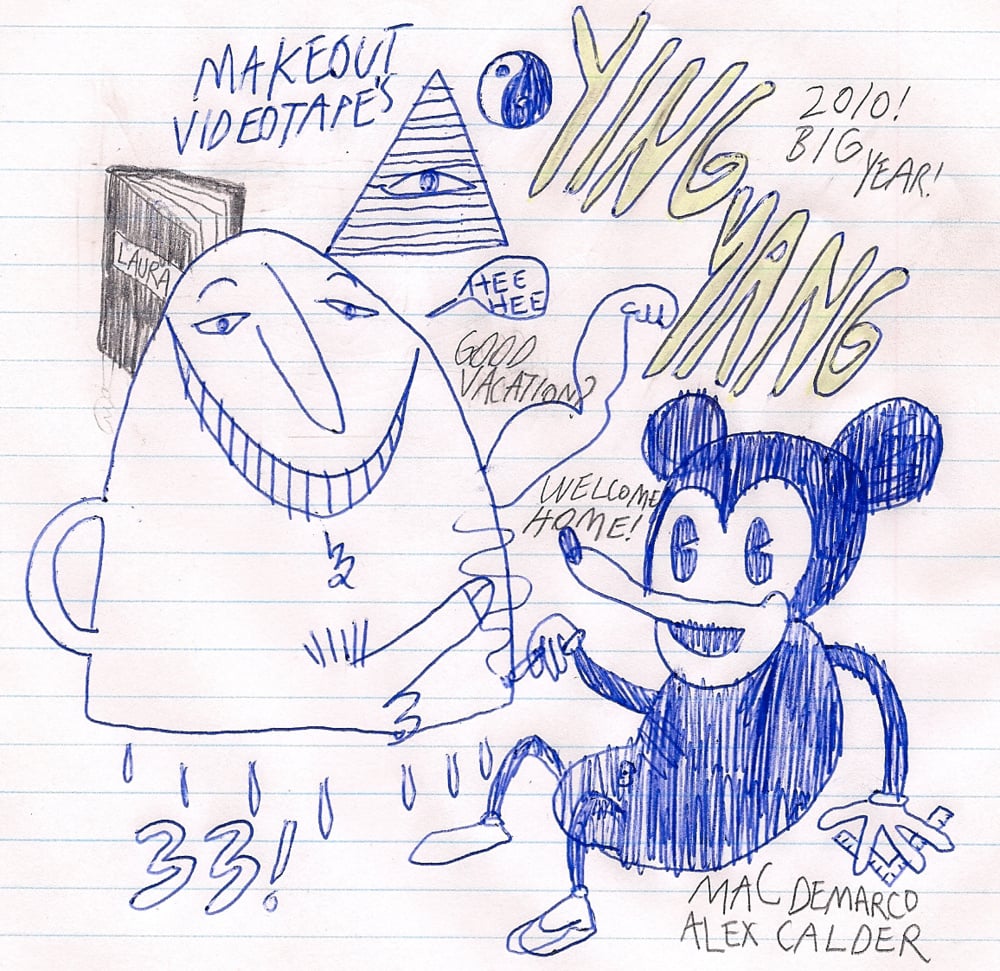

This small room, usually adjacent to the lodge, is the predecessor of what Freemasons, commonly call the ‘anteroom.’ In Freemasonry, the Chamber of Reflection was originally found in the French and Scottish Rites. The Chamber of Reflection is not a new innovation but an ancient tradition older than the Craft itself. These rooms are designed as cold, austere places in which a Mason can reflect on his own mortality.īy meditating on the inevitability of death, a Mason gains valuable perspective on the fleeting nature of life. Langdon nodded calmly, ‘it’s called a Chamber of Reflection. Propped against the wall beside the desk stood the fearsome shape of a long scythe, its curved blade as familiar as that of the grim reaper… ‘This room is Masonic?’ Sato demanded, turning from the skull and staring at Langdon in the darkness. Two human leg bones sat beside the skull, along with a collection of other items that were meticulously arranged on the desk in shrine like fashion – an antique hourglass, a crystal flask, a candle, two saucers of pale powder, and a sheet of paper. The skull sat atop a rickety wooden desk positioned against the rear wall of the chamber. In The Lost Symbol, a fictional thriller involving the Freemasons, Dan Brown introduces to the reader one of Freemasonry’s greatest initiatory tools – the Chamber of Reflection: Past Grand Master, Gran Logia Estado de México I hope you enjoy learning about one of the most misunderstood Masonic practices of our history. However, I was encouraged to publish this as a single book for those lodges who wish to have this readily available for their members. This piece was originally published in the Transaction of Texas Lodge of Research, and later used in my book, The True Masonic Experience. It would prevent members who chooses to haze or tease the candidate about riding a goat or other such clichés that are said. Today, the Chamber of Reflection would serve as an even bigger tool to make sure said ceremony stays solemn. The main purpose of the Chamber is to help the candidate prepare himself for the solemn ceremonies he is about to undertake. However, traditionally it was seen as early as the Entered Apprentice degree.

The only place you will ever see it in American Freemasonry as an accepted practiced rite is in the Templar Orders.

Its history and existence date back to the very beginning, unfortunately most Masons have never heard of it.


 0 kommentar(er)
0 kommentar(er)
